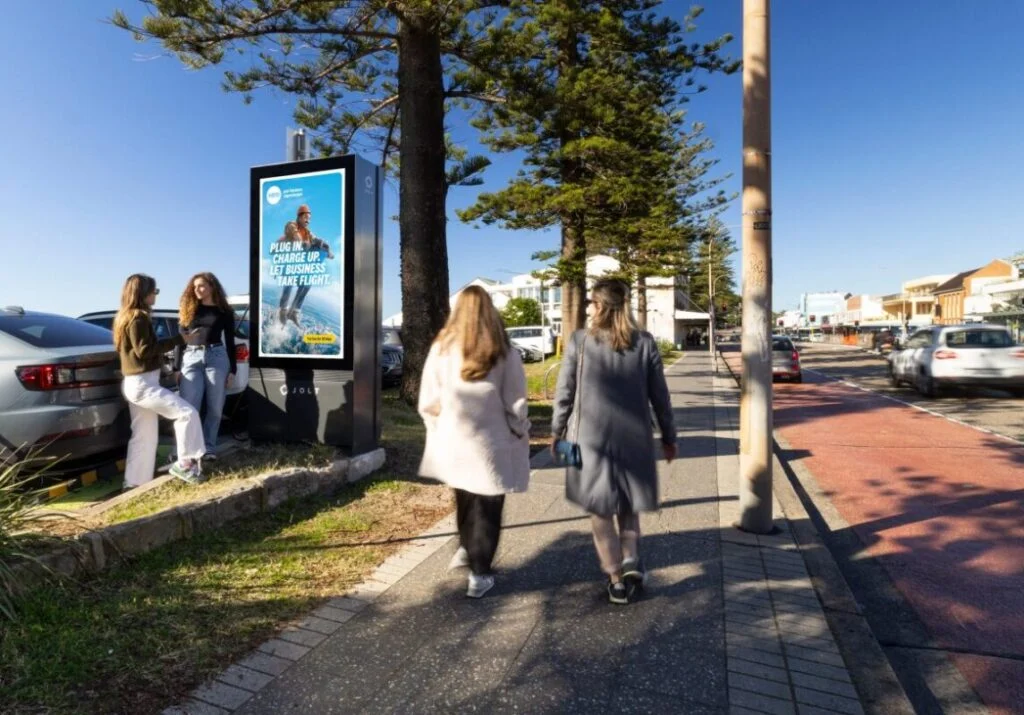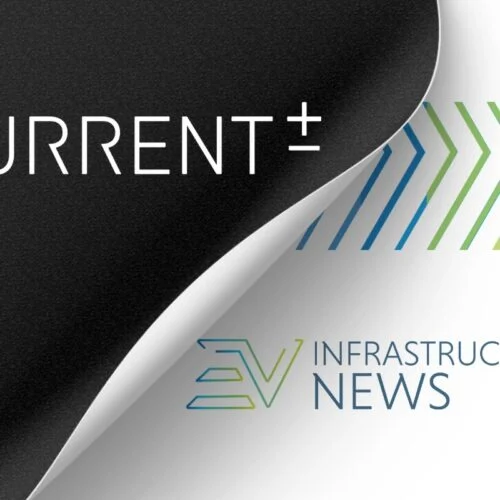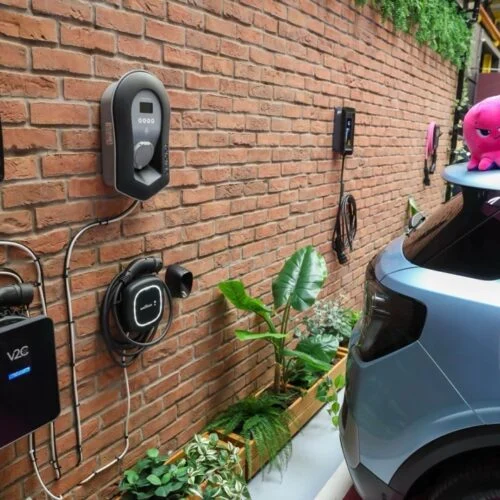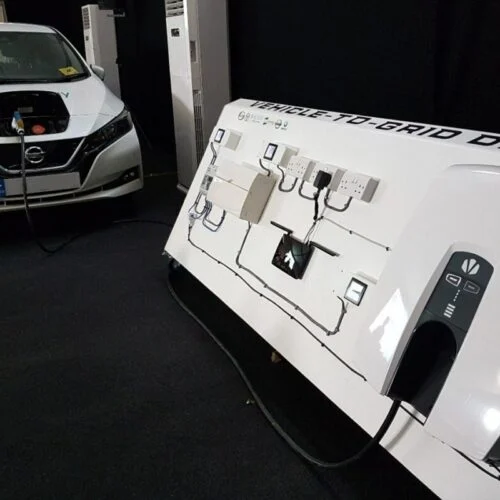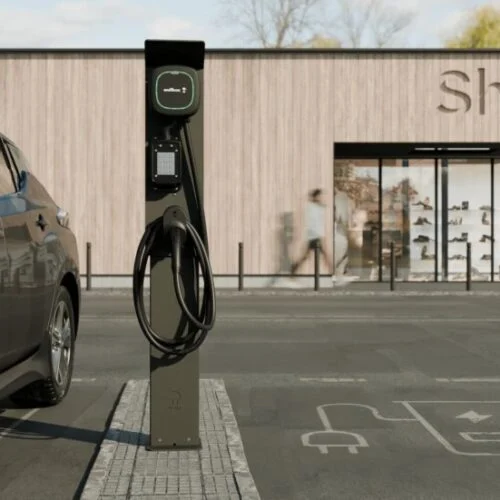Research by the Australian electric vehicle (EV) charging network JOLT indicates that EV drivers are actively pursuing destination charging options, which has significantly contributed to the recent increase in the adoption of clean mobility solutions.
According to the group’s new Smart, savvy and always-on: meet the audience driving change — and EVs report, 62% of JOLT customers said public EV charging has become a natural part of their routine, with 50% having said they charge their EVs when grocery shopping.
JOLT’s insights indicate that this downtime is divided between everyday activities, like grocery shopping and retail therapy, and personal time. This context – a planned, routine, tech-enabled break – offers a unique opportunity for brands.
Destination charging refers to EV chargers located at locations where drivers typically park for extended periods, such as hotels, restaurants, shopping centres, or workplaces.
It complements other charging options by offering convenient charging while users are engaged in other activities.
Because of this, destination chargers can also present other economic opportunities for areas by bringing in customers while charging their EVs. JOLT’s research affirms this, with 70% of its customers noting that they intentionally visited a business because of its proximity to a JOLT charger.
By prioritising the placement of chargers in locations that align with consumer habits, the industry can enhance the overall user experience and encourage greater adoption of EVs.
EV charging infrastructure not matching uptake
Australia’s EV market is experiencing rapid growth, driven by increasing consumer awareness, government incentives, and the availability of more affordable EV models.
Indeed, new EV sales hit a record high in 2024, and Australia is on track to surpass 300,000 electric vehicles on the road by the end of 2025.
However, the report highlights that the expansion of EV charging infrastructure has not kept pace with the rising adoption rates. This gap is particularly evident in urban areas, where demand for accessible and convenient charging solutions is at its highest.
One of the key themes of the report is the growing consumer demand for fast and reliable charging options. EV drivers increasingly prioritise charging speed and ease of access when choosing where to charge their vehicles.
The report reveals that over 70% of respondents prioritise fast-charging capabilities. Many express frustrations over the limited availability of high-speed chargers in their local areas. This sentiment is echoed by drivers in regional and suburban locations, who often face additional barriers to accessing reliable EV charging infrastructure.
The findings also emphasise the role of technology in enhancing the charging experience. JOLT’s report highlights the growing popularity of mobile apps and digital platforms that allow drivers to locate chargers, monitor availability, and manage payments.
These tools are increasingly seen as essential for navigating the charging network and ensuring a smooth user experience. The integration of smart technology into charging infrastructure is expected to play a key role in addressing consumer needs and driving the adoption of EVs.
Randall Taylor, senior global data and strategy manager at JOLT, believes EV ownership has become an identity marker associated with more eco-conscious behaviour.
“The spread of progressive customers into mainstream thinking is good news for brands. EV drivers are a highly engaged, values-led audience, open to messaging focused on sustainability and the environment, and they are willing to invest in products and services that align with those values,” Taylor added.
“But this isn’t just about green values. We’re now seeing a mainstream consumer who is tech-savvy, digitally engaged, and responsive to contextual brand messaging — whether they’re behind the wheel or walking by.”
